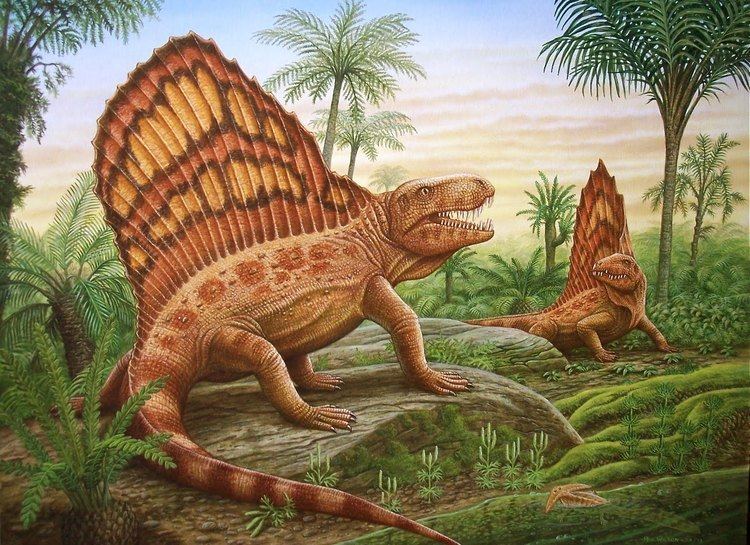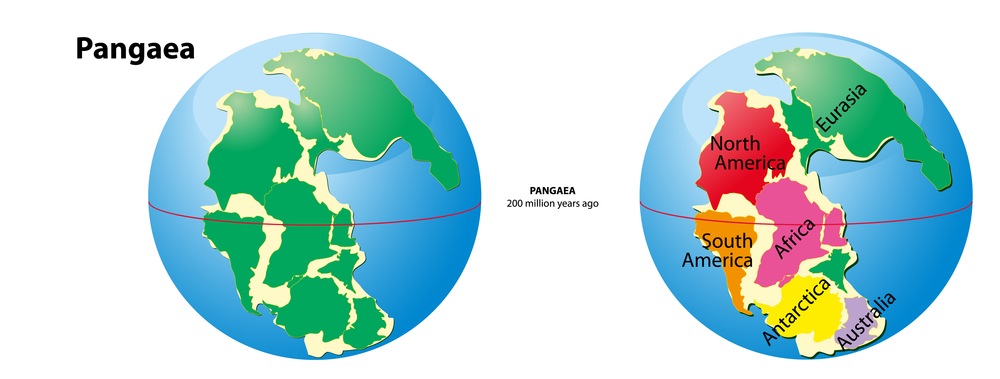Permian Period
A Journey into Earth’s Prehistoric Past
Table of Contents:
- Introduction
- Geological Evolution and Climate
- Biodiversity: Life Forms of the Permian
- 3.1 Marine Life
- 3.2 Terrestrial Fauna
- The Permian-Triassic Extinction: Unraveling the Great Dying
- Legacy and Significance: Shaping Today’s World
- Conclusion
Introduction:
Welcome to an exciting exploration of the Permian Period, a remarkable chapter in Earth’s history that unfolded around 299 to 251 million years ago. This SEO-friendly blog post will provide you with an in-depth understanding of the Permian Period, its geological transformations, flourishing biodiversity, catastrophic mass extinction, and its enduring impact on modern ecosystems.

Geological Evolution and Climate
The Permian Period was a time of tremendous geological and climatic shifts. The Earth’s landmasses congregated to form the supercontinent Pangaea, which greatly impacted global climate patterns. The interior of Pangaea experienced arid desert conditions, while the coasts teemed with lush forests. Sea levels underwent fluctuations, leading to changes in marine environments.
Supercontinent Formation: Pangaea:
One of the most notable events of the Permian Period was the formation of the supercontinent Pangaea. Prior to the Permian, the Earth’s landmasses were scattered across different regions.
Climate Diversity: Desert and Forests:
The consolidation of Pangaea resulted in diverse climate zones across the supercontinent. The interior of Pangaea, far from the moderating influence of oceans, became dominated by vast desert regions. Intense heat and aridity characterized these interior areas.
Fluctuations in Sea Levels:
The Permian Period also witnessed notable fluctuations in sea levels. As Pangaea formed and landmasses shifted, the positions of coastlines changed, leading to variations in the extent of shallow seas.
Volcanic Activity and Climate Impact:
Volcanic activity played a substantial role in shaping the Permian climate. Large volcanic eruptions released massive amounts of gases and aerosols into the atmosphere, leading to changes in the composition of the atmosphere.
Permian Glaciation: A Climatic Mystery:
While the Permian is often associated with warm and arid conditions, there is evidence to suggest that glaciation occurred during this period. Some regions, particularly those near the South Pole, may have experienced ice sheet formation.

Biodiversity: Life Forms of the Permian:
Marine Life:
The Permian seas teemed with a rich array of marine life. Ancient oceans were home to diverse creatures such as trilobites, ammonoids, and various species of fish. The seas were a vibrant ecosystem supporting the evolution of intricate predator-prey relationships and diverse niches.
Terrestrial Fauna:
Life on land flourished as well. Early reptiles and amphibians carved their path through this ancient landscape. The emergence of the first true insects signaled a pivotal point in terrestrial biodiversity. The lush vegetation that covered the land provided sustenance for a variety of herbivores, setting the stage for the emergence of larger carnivores.
The Permian-Triassic Extinction: The Great Dying:
At the close of the Permian Period, Earth experienced one of the most catastrophic events in its history – the Permian-Triassic Extinction, often referred to as the Great Dying. This catastrophic event resulted in the loss of approximately 96% of marine species and 70% of terrestrial vertebrate species. While the exact triggers remain debated, prevailing theories include massive volcanic eruptions, climatic upheavals, and widespread oceanic anoxia.
Legacy and Significance: Shaping Today’s World:
The impact of the Permian-Triassic Extinction was profound and enduring. The extinction event created ecological vacancies that eventually facilitated the rise of new species, including the dominant dinosaurs. The surviving organisms underwent rapid evolutionary changes to adapt to the drastically altered environment. These adaptive strategies laid the foundation for the eventual dominance of mammals in later eras.
Conclusion:
The Permian Period’s allure lies not only in its geological and climatic wonders but also in its incredible biodiversity and its pivotal role in shaping the course of life on Earth. The Great Dying, while devastating, cleared the stage for new life forms to emerge, illustrating the planet’s remarkable capacity for recovery and rejuvenation. As we delve into the Permian Period, we gain a deeper appreciation for Earth’s intricate history and the intricate interplay between geological forces, climate dynamics, and the ever-evolving tapestry of life that defines our planet.